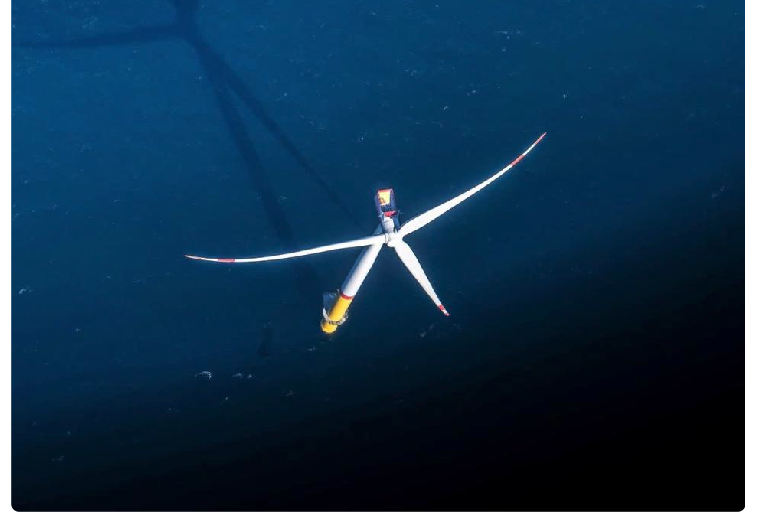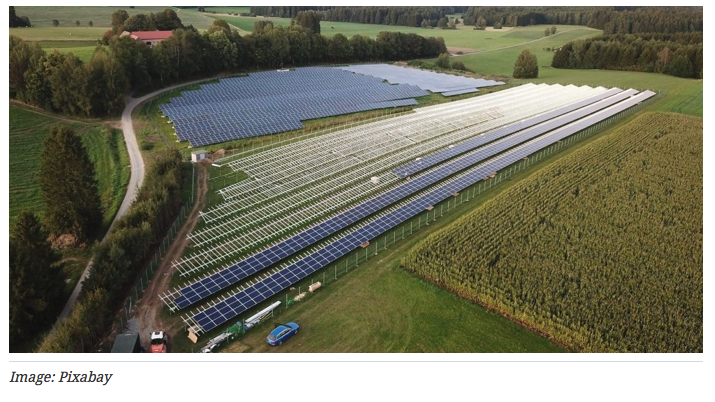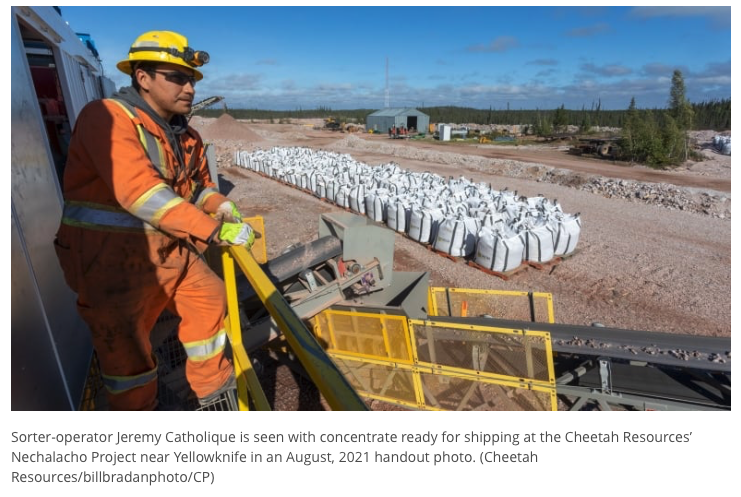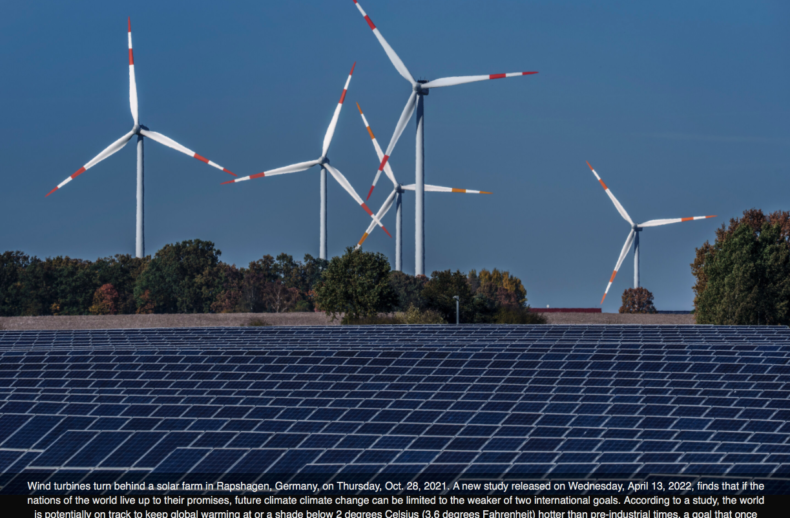Across social media, internet forums and some climate science denier blogs, there has been furious cutting-and-pasting of chunks of common text attacking the environmental credentials of electric vehicles, solar panels and wind turbines.
About 200 tonnes of the “Earth’s crust” needs to be mined for each electric vehicle battery, and 11 tonnes of brine are needed just for the lithium, claims the text, which also says solar panels and wind turbine blades can’t be recycled.
Some claims are made definitively and without context, and don’t try to compare electric vehicle batteries to the fossil fuelled cars they are replacing. Solar panels can be recycled and fully recyclable turbine blades are now being produced.
The former resources minister and Queensland senator Matt Canavan was another to share some of the text that sat above a picture of a hollowed-out landscape. It took a few seconds to discover the scary but irrelevant image was of a diamond mine in Canada.





